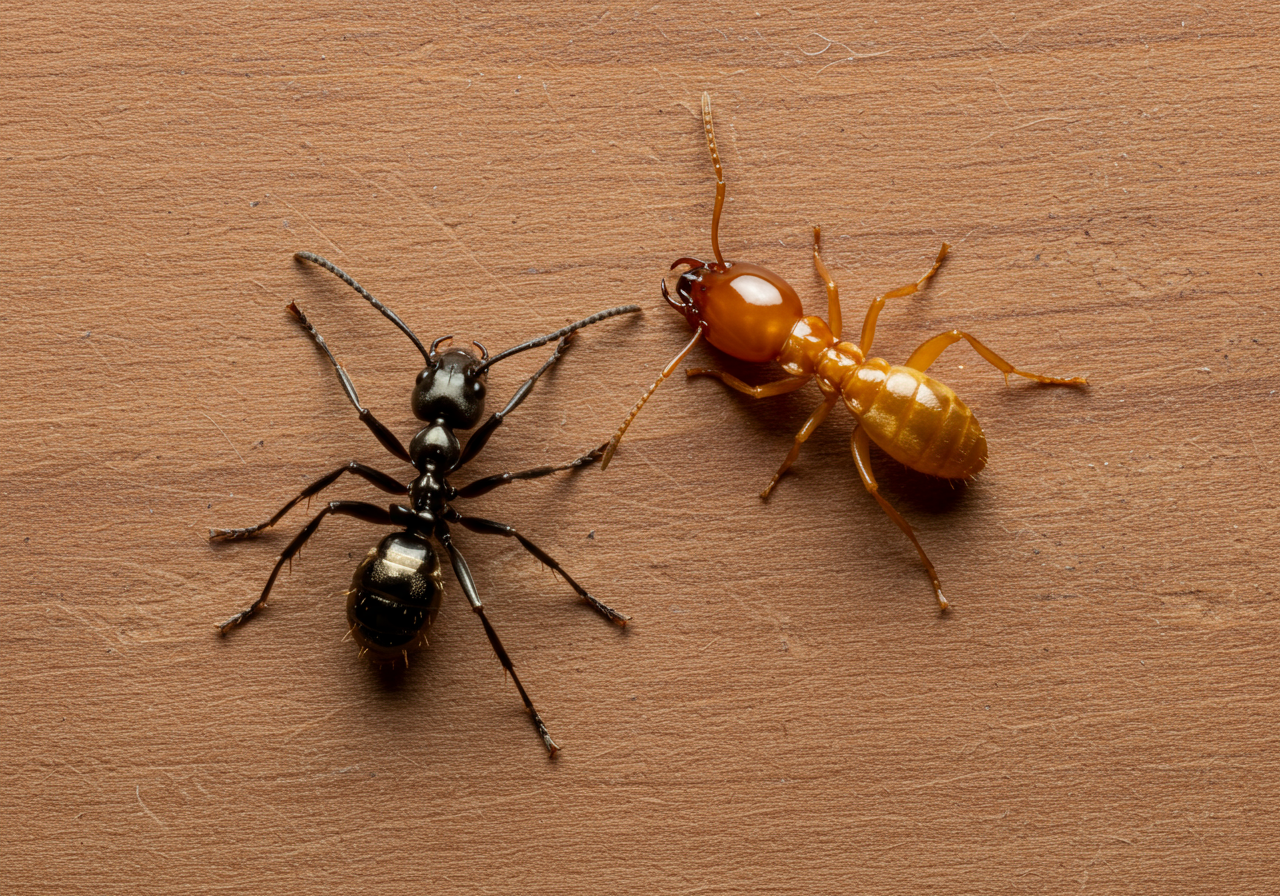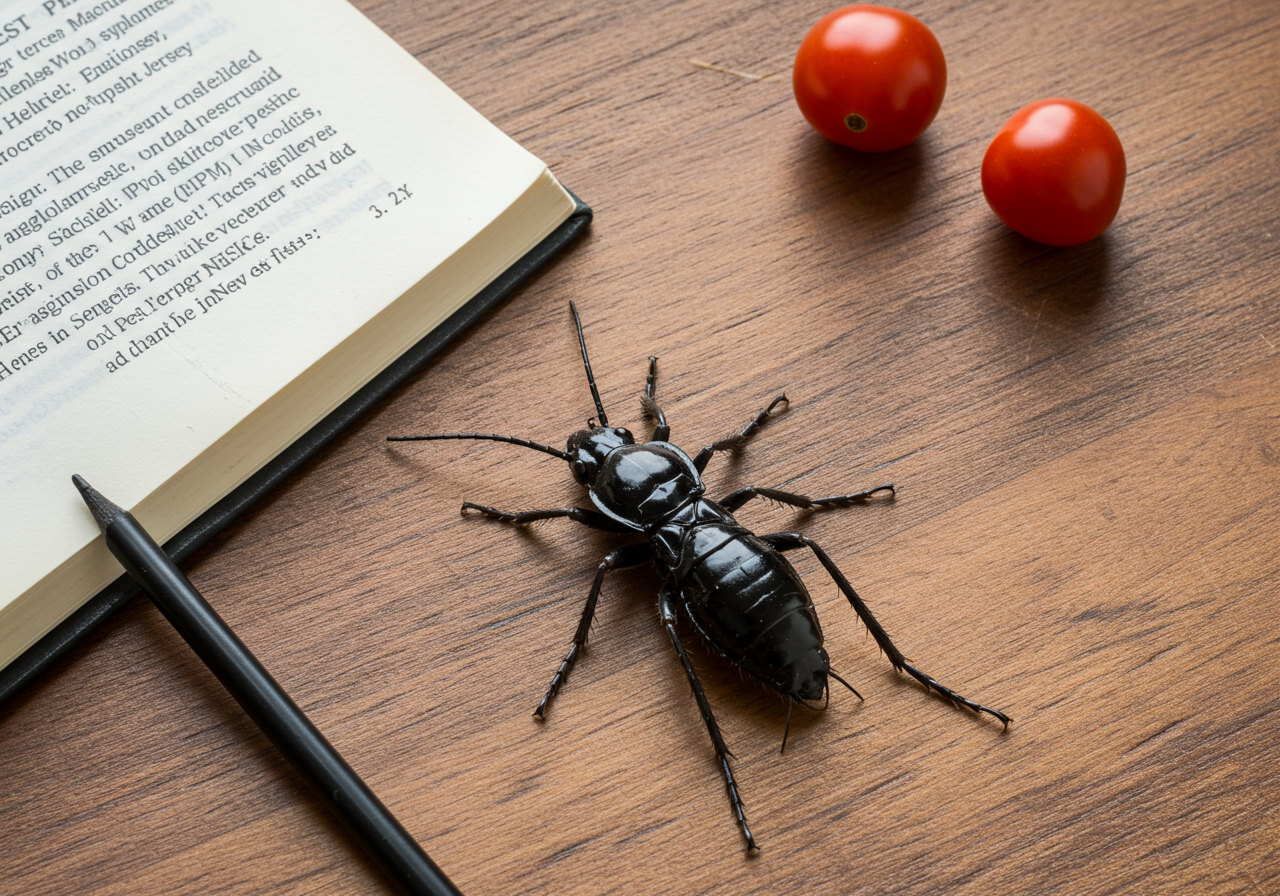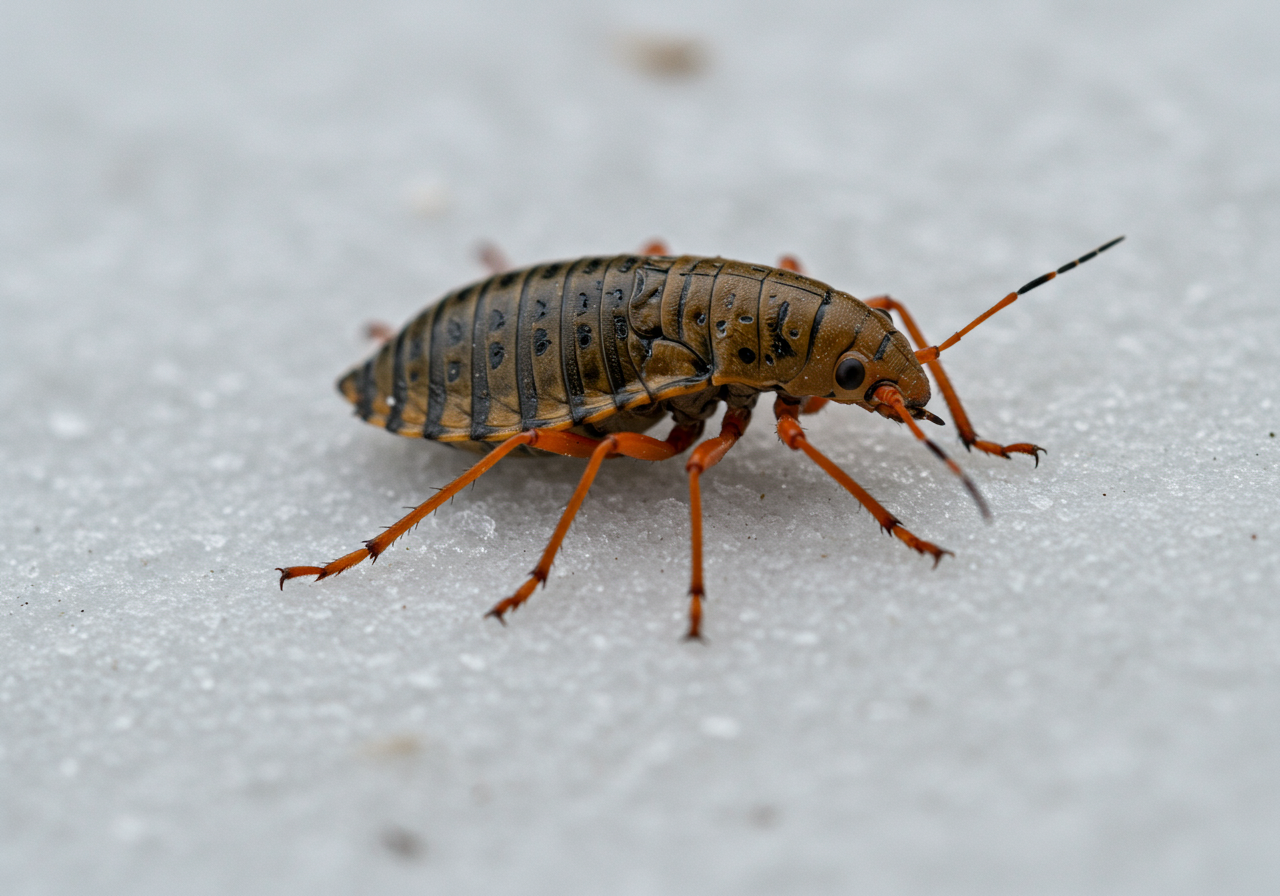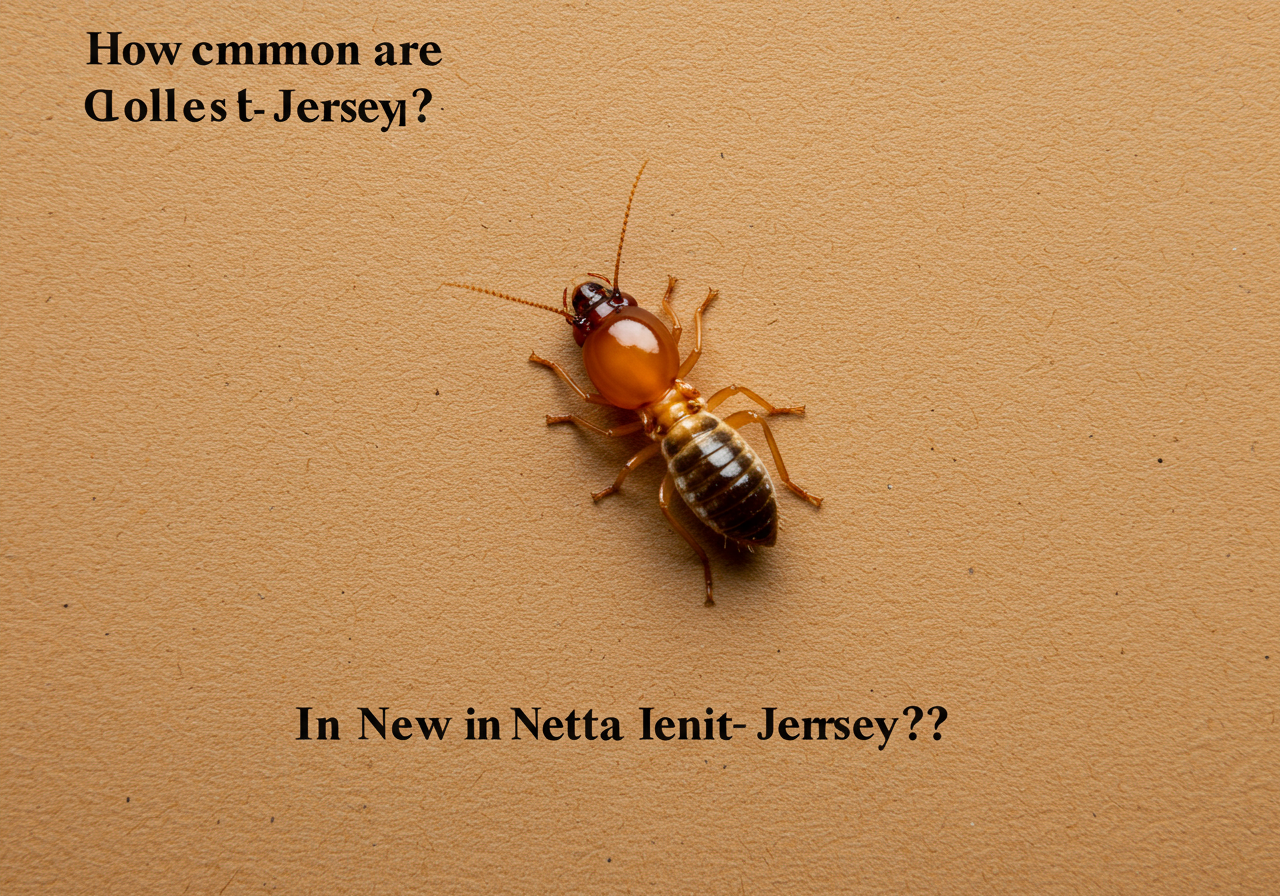
Carpenter Ants vs. Termites: Spot the Difference in Your NJ Home
Worried about wood damage in your New Jersey home? Knowing whether it's carpenter ants or termites is key, as each requires a unique solution. Discover the easy signs to identify these common pests and understand why professional help from Resolve Pest Management is essential to protect your home from costly damage.
Carpenter Ants vs Termites: How to Spot the Difference in NJ Homes
Discovering signs of wood damage in your New Jersey home can be unsettling. Is it carpenter ants or termites? Both can cause significant problems, but knowing which pest you're dealing with is crucial for effective treatment. While they both chew through wood, their habits and the damage they leave behind are quite distinct.
At Resolve Pest Management, we understand the stress these pests can cause. That's why we've put together this guide to help homeowners in Ocean and Monmouth Counties distinguish between these two common wood-destroying invaders.
The Threat of Wood-Damaging Pests in New Jersey
New Jersey homes are susceptible to various pests, and wood destroyers like carpenter ants and termites are among the most concerning. Termites alone cause an estimated $5 billion in property damage across the United States each year, often going unnoticed until the damage is severe. Carpenter ants, while not eating the wood, can still hollow out large sections, compromising your home's structure over time. Identifying the culprit quickly is key to protecting your biggest investment.
Let's break down the main differences.
Key Differences: Carpenter Ants vs. Termites
Here’s a quick overview to help you tell them apart:
| Feature | Carpenter Ants | Termites |
|---|---|---|
| Appearance | Dark bodies, pinched waist, elbowed antennae, larger front wings (if winged). | Light-colored bodies, broad waist, straight antennae, two pairs of equal-sized wings (if winged). |
| Damage | Smooth, clean tunnels (galleries) in wood, often with "frass" (sawdust-like material). | Mud tubes on surfaces, irregular, ragged tunnels packed with mud and droppings. |
| Habits | Nest in wood but don't eat it; forage for food elsewhere. | Eat wood 24/7; live entirely within the wood and soil. |
| Signs of Life | Piles of wood shavings, rustling sounds in walls, live ants. | Discarded wings, mud tubes, hollow-sounding wood, blistered paint. |
Now, let's dive into more detail for each pest.
Carpenter Ants: The Home Excavators
Carpenter ants are among the largest ant species found in New Jersey, typically dark-bodied (black, red, or a combination). Unlike termites, carpenter ants don't actually eat wood. Instead, they excavate tunnels and galleries within moist or decaying wood to create nests for their colonies. They then push out the chewed-up wood particles, which look like sawdust.
How to Spot Carpenter Ants and Their Damage:
- Appearance: Look for larger ants, usually 1/4 to 1/2 inch long. If you see winged carpenter ants (swarmers), they will have distinctly pinched waists, elbowed antennae, and their front wings will be noticeably longer than their hind wings.
- "Frass" Piles: This is perhaps the most tell-tale sign. Carpenter ants will push out wood shavings, insect body parts, and insulation bits from their tunnels. These piles, often resembling sawdust, can be found near baseboards, windowsills, or wood frames.
- Smooth Galleries: If you expose damaged wood, carpenter ant tunnels will appear very clean and smooth, almost sandpapered.
- Sounds: You might hear faint rustling sounds coming from walls or wooden structures, especially at night when they are most active.
- Moisture: Carpenter ants are often attracted to moisture-damaged wood, so check areas like leaky roofs, windows, or plumbing.
Termites: The Silent Destroyers
Termites are often called "silent destroyers" because they can chew through wood, flooring, and even wallpaper unnoticed for years, causing extensive damage before they're discovered. In New Jersey, subterranean termites are the most common type. They live in underground colonies and build mud tubes to travel between their nests and food sources (your home's wooden structures).
How to Spot Termites and Their Damage:
- Appearance: Winged termites (swarmers) are often mistaken for flying ants. However, termites have straight antennae, a broad (unpinched) waist, and two pairs of wings that are equal in size and shape. Their bodies are typically lighter in color, often creamy white or translucent, though swarmers can be darker.
- Mud Tubes: These are pencil-sized tunnels made of soil and wood particles that termites build to protect themselves as they travel from the soil to your home's wood. Look for them on foundation walls, in crawl spaces, or along pipes.
- Discarded Wings: After swarming, termites shed their wings. Finding small piles of discarded wings, often near windowsills, doors, or light fixtures, is a strong indicator of a termite infestation.
- Hollow-Sounding Wood: Tap on wooden areas around your home. If a section sounds hollow, it could be a sign that termites have been feasting on the inside.
- Blistered or Sagging Wood/Flooring: As termites tunnel through wood, it can cause the surface to appear blistered, warped, or saggy. Paint may also bubble or peel.
Why Correct Identification Matters
Knowing whether you have carpenter ants or termites isn't just about satisfying curiosity; it's essential for effective treatment. The methods for controlling carpenter ants, which typically involve baiting and treating their nest sites, are vastly different from the comprehensive strategies required for termite control, which often involves soil treatments or baiting systems to eliminate entire colonies. A misdiagnosis can lead to wasted time, money, and continued damage to your home.
When to Call the Pros
If you suspect you have either carpenter ants or termites, or if you're just not sure, it's always best to call a professional pest control service. Early detection and proper treatment can save you thousands of dollars in repairs down the line.
At Resolve Pest Management, we specialize in accurate identification and effective solutions for all types of wood-destroying pests. Our expert team provides comprehensive Ant Control and Termite Control services tailored to the specific needs of your New Jersey home.
We proudly serve homeowners and businesses across Ocean County and Monmouth County. Whether you're in Bayville, Toms River, Brick, Lakewood, Jackson, Manahawkin, or Barnegat in Ocean County, or Middletown, Howell, Manalapan, Marlboro, or Freehold in Monmouth County, our local technicians are ready to help.
Don't let these destructive pests eat away at your peace of mind. Contact Resolve Pest Management today for a thorough inspection and reliable pest control solutions. You can reach us at (732) 527-5770 or email us at Office@resolvepestmanagement.com. We're available 24/7 for emergency pest control and are committed to protecting your home with our S.T.I.N.G. promise: Service, Trust, Initiative, Nurture, and Grit.
More Blogs
Some other blogs you might be interested in



